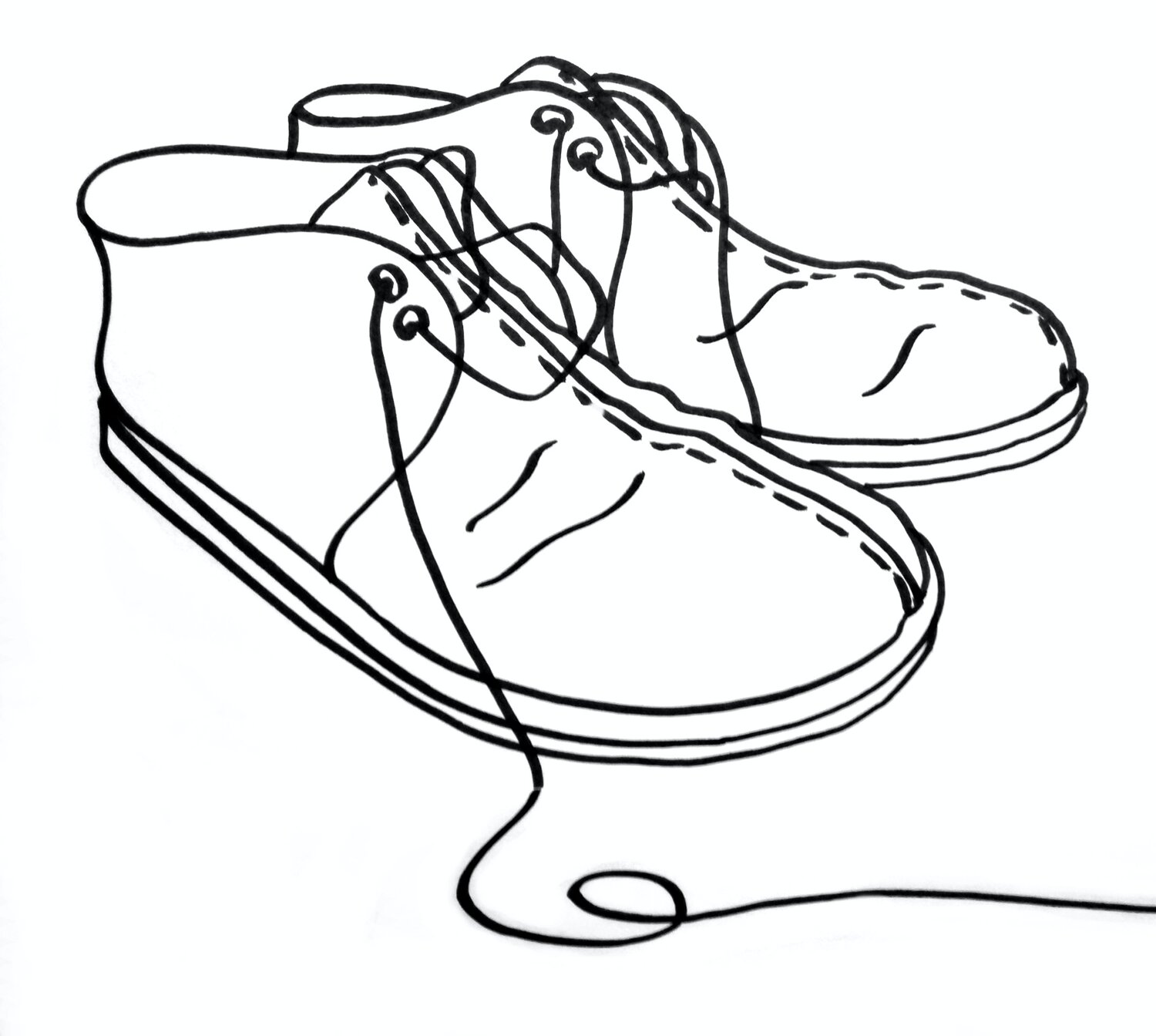Publication: 'Larger than Life: Digital Resurrection and the Re-enchantment of Society'
Masters research conducted while studying Material and Visual Culture at UCL (2010) and published in the The Information Society's special issue: 'The Death, Afterlife and Immortality of Bodies and Data' - Vol. 29, Issue 3, Taylor and Francis
Abstract:
New debates surrounding the digital remains of people who have died and the possibilities that new technologies raise in terms of symbolic immortality are generating significant interest. These issues provide exciting opportunities for sociologists, anthropologists and psychologists to further understand evolving attitudes to death and mourning. But what happens when the deceased is a popular media figure and the symbolic immortality extends to a digital resurrection played out through the media in new contexts and over an extended period of time? Drawing on sociological, anthropological and cultural theory, this discursive paper addresses some of the reasons for the perpetuation of media personalities whose posthumous careers often exceed their living careers, both in longevity and popularity. It is argued that digital technologies add a new dimension to the many parallels that can be drawn between celebrity culture and religion in what are becoming increasingly secularised societies. For many, digital technology and the Internet remain incomprehensible, leaving room for mythical and magical interpretations especially in relation to a prospect many prefer to deny – ultimate non-existence. It is proposed that the disenchantment with religious belief, brought about by science and rational thought during the Enlightenment era, leaves many people with inadequate or unacceptable ways of understanding death and mourning. Ironically it seems that science and new technology now provide the fuel for a re-enchantment of society, and the now normalised suspension of disbelief inherent in the consumption of media entertainment and popular culture helps to facilitate this process.

